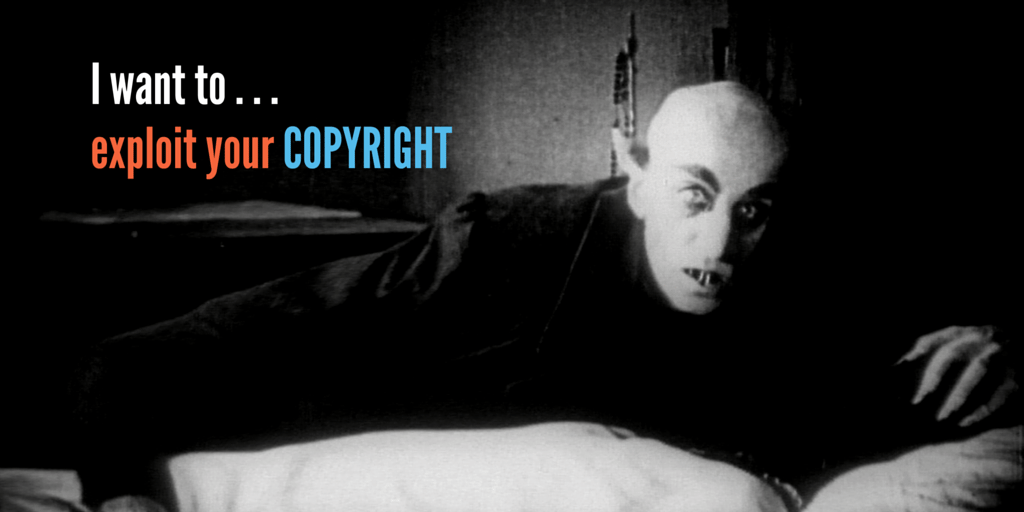 The Nosferatu/Dracula Film Lawsuit
The Nosferatu/Dracula Film Lawsuit
Roughly seven years ago, supernatural creatures once again became staples on our televisions and on the silver screen. And with the rise of vampire and werewolf popularity came an increase of film lawsuits.
Twilight and True Blood may be two fan favorites that spawned legal claims, but these were not the first or last myth-based creature films that encountered legal trouble.
Though the vampire as a character falls under the umbrella of public domain, there are still inherent legal risks. With stories that have been retold, there will be similarities between new and existing works.
As trends are often recyclable entities, we are sure to see another vampire resurgence in the next decade or so. Professionals in the film and television industry would be wise to take heed.
The film lawsuit between Nosferatu filmmakers and the estate that owns Bram Stoker’s Dracula is a shining example of this phenomenon.
Case Profile: Nosferatu v. Dracula
It’s not often you hear about vampires going head-to-head—at least not in court. However, when the classic F.W. Murnau film hit theaters in the 1920s, it spawned a lawsuit.
Copyright claims might have derailed the now iconic movie that’s studied in film schools worldwide.
If the film never left the court system, we may never have seen Bela Lugosi don the cape or Gary Oldman turn into vapor in Francis Ford Coppola’s rendition of the classic vampire novel.
In order to curtail the lawsuit, Nosferatu’s filmmakers made several changes to the vampire character. Divorcing the film’s character from the book meant changing the name from Dracula to Count Orlok, among many other plot changes.
Still, these modifications did not stop the film from encountering a copyright claim.
Bram Stoker’s estate filed copyright infringement claims. Since earlier versions of the movie barred the name Dracula, this was enough to prove the work was a derivative effort.
Film producer Albin Grau ended up in bankruptcy, and Nosferatu would be the only film produced before Prana Film closed its doors for good. This lawsuit was so detrimental that the judge ordered all copies of the film destroyed.
Every existing reel was demolished. It’s dumb luck that only one copy survived and eventually made its way to the United States.
This took roughly 40 years after the initial release, and at that point in the 1960s, the Dracula character had been declared public domain.
To think audiences almost never saw this iconic piece of film history—the movie that paved the way for dozens of filmmakers! We don’t want your movie or television show to meet a similar fate.
For more information, check out: Plagiarism Today
How to avoid copyright claims.
Claiming ownership is tricky. Unless you invent something wholly original, which is difficult to do, certain similarities will create copyright lawsuits. In the E & O underwriting process, there is often a long delay.
When you’re busy bringing a film to light, the last thing you want is a waiting period. A copyright report will eliminate this delay and provide evidence for your insurance carrier that you own every bit of copyright in your project.
From documenting correct ownership to curbing unwanted legal claims, a copyright report conducted by legal experts helps to ensure your work comes to fruition.

